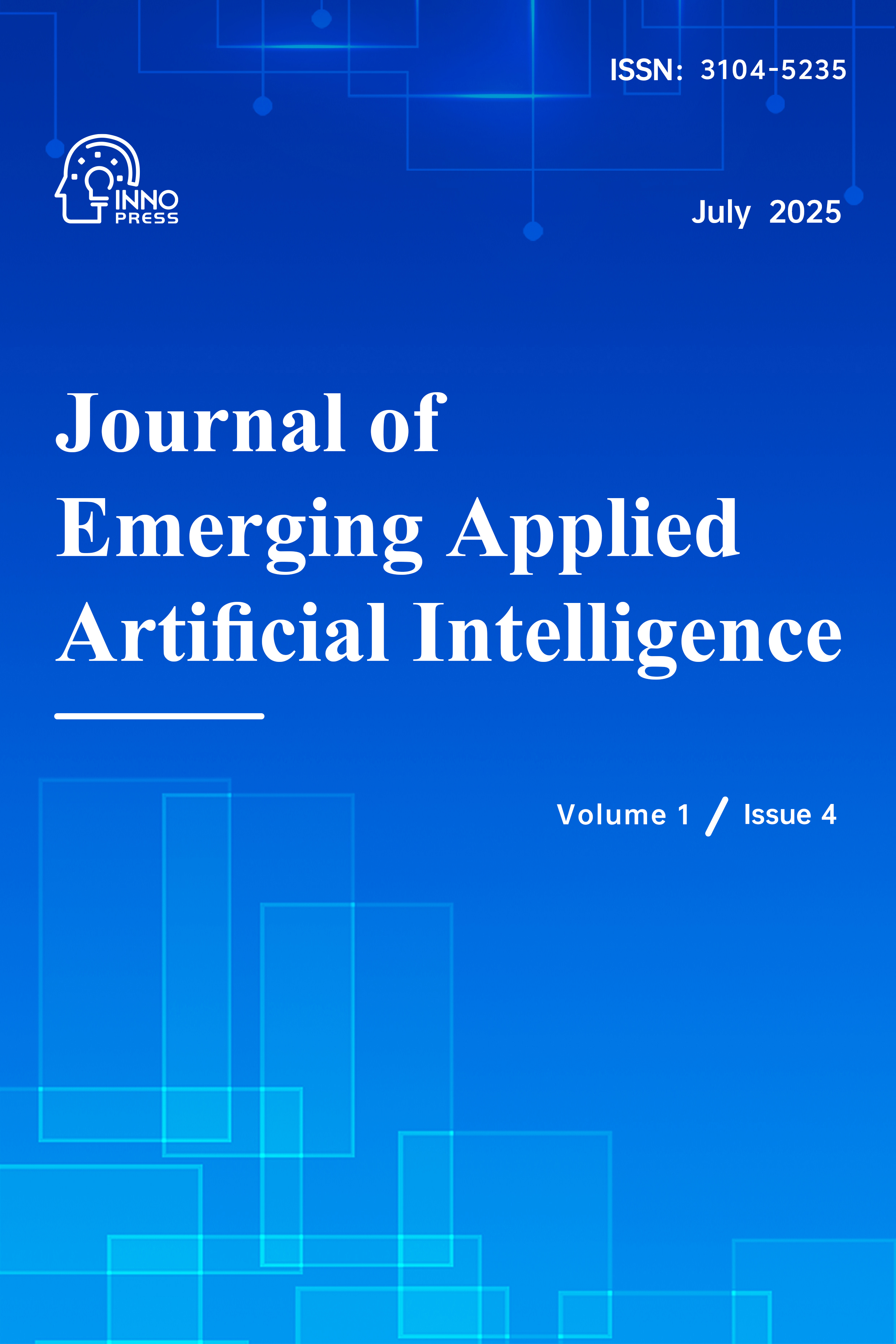Innovations and Frontiers of Diffusion Models in Natural Language Processing: A Review
DOI:
https://doi.org/10.65563/jeaai.v1i4.38Keywords:
Diffusion Models, Natural Language Processing (NLP), Generative AI, Text Generation, Transformer Models, Deep Generative Models, Literature ReviewAbstract
Generative AI (GenAI) has emerged as one of the most transformative forces in artificial intelligence, profoundly impacting content creation, scientific research, and numerous application domains. At its core, these models learn the underlying distributions from existing data to generate novel, high-quality synthetic data. Within this landscape, Foundation Models play a pivotal role. These are typically large-scale models pre-trained on massive datasets, possessing powerful generalization capabilities that serve as a robust baseline for various downstream tasks, thereby significantly reducing the development cost and time for AI applications. Natural Language Processing (NLP), one of the first fields where GenAI achieved major breakthroughs, has largely benefited from the development of the Transformer model. Since its introduction in 2017, the attention-based Transformer architecture has demonstrated outstanding performance on tasks such as machine translation, language understanding, and text generation. This has led to the development of foundation models, particularly Pre-trained Language Models (PLMs), which have greatly enhanced the performance of text generation tasks. However, traditional text generation methods, especially autoregressive (AR) models, suffer from low inference efficiency when processing long texts. This paper provides a comprehensive review of Diffusion Models in NLP, exploring their fundamental principles, applications, and future directions.
Downloads
Published
Issue
Section
License
Copyright (c) 2025 Zengye Su, Yudan Nie, Jufang Zhao

This work is licensed under a Creative Commons Attribution 4.0 International License.

